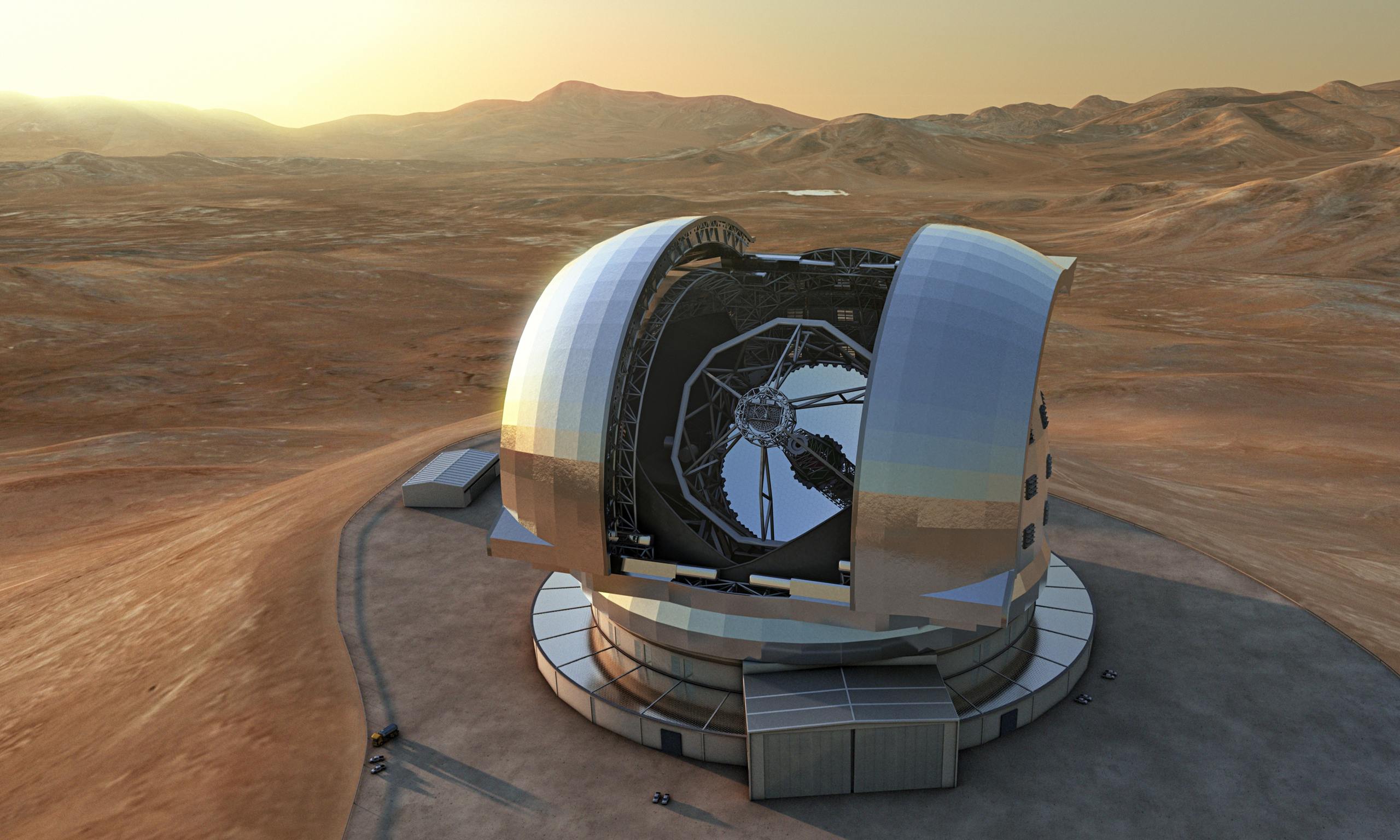European Extremely Large Telescope to break ground (using dynamite) live later today
The €1.1 billion telescope is “the world’s biggest eye on the sky” and will be used to peer further into space than ever, searching for life on other planets

Later today astronomers will break ground on the future site of the European Extremely Large Telescope (the E-ELT) in the most scientific way possible: using dynamite to blast the hell out of a mountain.
The explosion will be broadcast live online (2pm local time; 7pm UK time – click here to watch) from the soon-to-be-shorter-than 3,000 metre high summit of Chile’s Cerro Armazones mountain.
Half a million tonnes of rock are set to be removed during the total construction process, leaving the mountain 18 metres shorter and setting the stage for construction of the E-ELT, a telescope that officials have called “the world’s biggest eye on the sky”.
"Extremely Large Telescopes are considered worldwide as one of the highest priorities in ground-based astronomy,” said a spokesperson from the European Southern Observatory (the ESO - a collaboration between 15 different countries of which Britain is a leading member).
NASA: Space in pictures
Show all 12"They will vastly advance astrophysical knowledge, allowing detailed studies of subjects including planets around other stars, the first objects in the universe, supermassive black holes, and the nature and distribution of the dark matter and dark energy which dominate the universe."
The €1.1 billion E-ELT will take a decade to construct, with its huge, 128-foot mirror (the basic component of any telescope) allowing it to look further into space than any other astronomical tool in existence.
Once operational in around 2024, the 100-strong staff located at isolated Cerro Armazones will point the E-ELT at the atmosphere of distance planets – with one of the telescope’s stated goals being to search for life on distance planets.
Other tasks include investigating dark matter and dark energy, and observing some of the first stars and galaxies created in the universe.
"On top of this, astronomers are also planning for the unexpected — new and unforeseeable questions will surely arise from the new discoveries made with the E-ELT," said ESO officials.
For more expected outcomes, tune in later today to see the first explosions laying the groundwork for the European Extremely Large Telescope – and so the future of astronomy.
Subscribe to Independent Premium to bookmark this article
Want to bookmark your favourite articles and stories to read or reference later? Start your Independent Premium subscription today.

Join our commenting forum
Join thought-provoking conversations, follow other Independent readers and see their replies